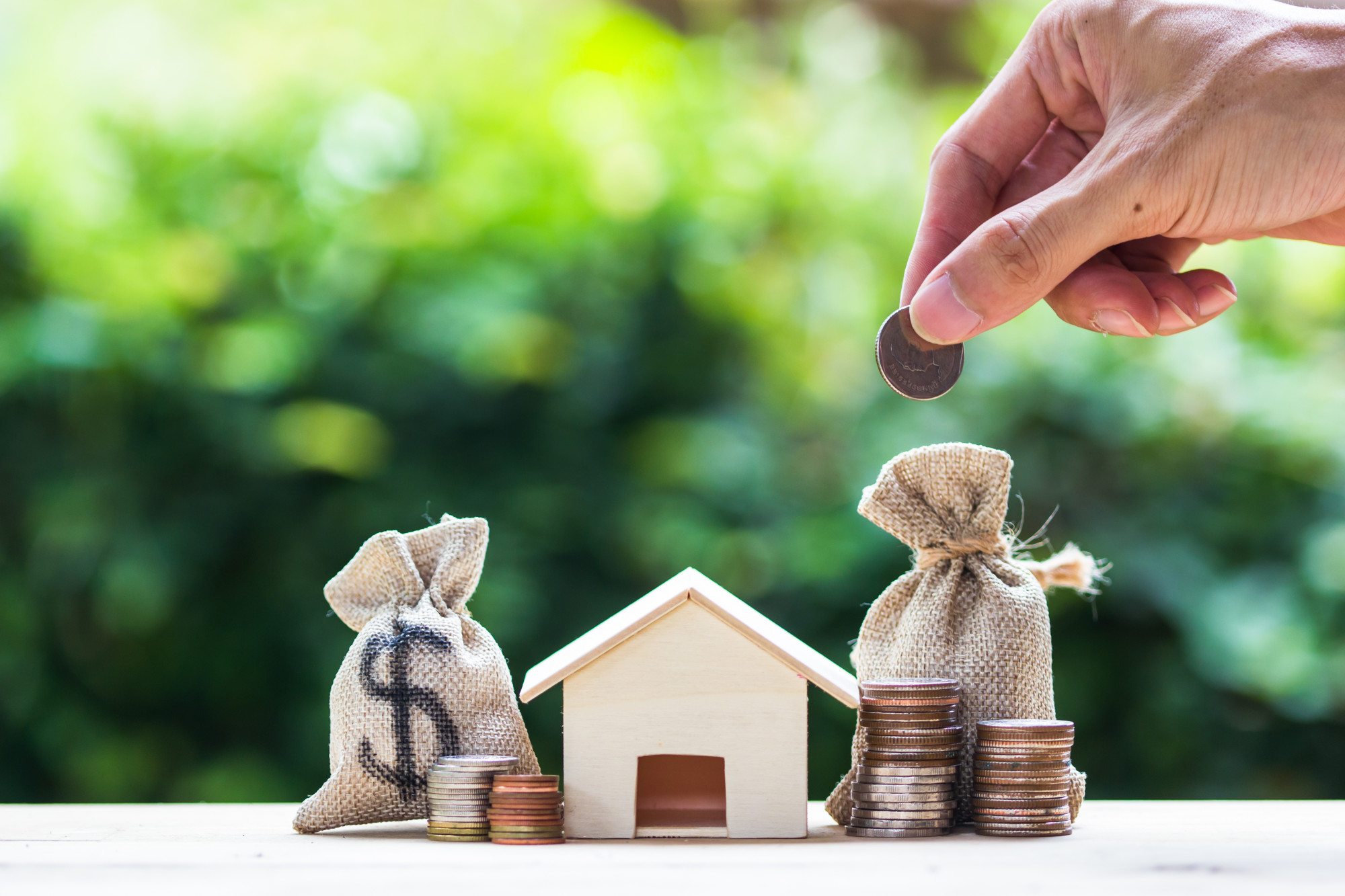
According to the Bank of Canada, Canadian homeowners extracted $89 billion worth of home equity in 2017.
Buying a home is an aspiration for many Canadians, and the only thing better is building high equity in it. Due to various circumstances, you may need to convert that hard-won equity into cash for different needs.
Here is a compact guide on the home equity loan process and how you can build your equity for the future.
Understanding Home Equity
For you to better understand a home equity loan, you first need to grasp the concept of home equity.
Simply put, home equity is the difference between how much you still owe on your home versus the property’s market value.
For example, let’s say your home is worth $375,000, and you still owe $40,000 on it. In this scenario, your home equity is $335,000.
How Do You Build up Home Equity?
When you’re thinking of building up your equity position on your property, there are two ways to go about it.
1. The Value of Your Home Going Up
In certain market conditions, the value of your house can go up without you doing anything. While this is probable, it depends entirely upon market forces that are beyond your influence and should not be a primary factor in your financial planning.
2. Improving Your Home
There are specific home improvement and renovation projects you can carry out to make your property more valuable.
Not every home improvement or renovation idea can deliver an uplift in your equity. As such, you need to consider the benefits versus the cost carefully.
Typically, smaller renovation or improvement projects hold better odds of adding to your home’s value than bigger ones.
3. Placing a Large Down Payment
For those who can afford it, putting up a significant down payment on the property is a shot in the equity arm.
That’s because whatever amount you pay towards the down payment immediately goes towards your home equity. In essence, you will have paid cash to purchase that portion of your home upfront.
On average, putting down 20% or more on the down payment can give you notable home equity from the start.
It’s also worth noting that the bigger the down payment you make, the lesser the private mortgage insurance you will pay.
4. Paying a Bigger Mortgage Payment
Paying off a more significant mortgage payment is probably the most common way for homeowners to build their equity.
When you begin to pay your mortgage, the lion’s share of the amount will go towards the interest payment. However, over time, more of the amount you pay can be applied to the principal with the balance settling the interest.
For this to work, you need to talk to your financier to set up such a schedule that can get you more equity the more you keep paying the loan.
A popular way to work this out is by adding a significant sum to your payment amount. Such an amount should be substantial enough to make a dent in your mortgage but not too big as to constrict your budget.
The amount on top of your payment figure can then go towards settling the principal, which adds to your home equity.
What’s a Home Equity Loan?
A home equity loan is a kind of credit you can use to turn the equity you have built up in your home as collateral to get financing.
In Canada, the term ‘home equity loan’ refers to several types of loans you can use to convert your home equity into cash.
Since your house backs the loan, you typically end up getting a lower interest rate than if you opted for other kinds of credit.
The Home Equity Loan Process
When you approach a lender, how the process will work out depends on the type of loan in question. Here’s what you need to know.
1. Home Equity Loan
A home equity loan as a financial product is a secured loan that gives you access to credit with your house acting as collateral.
Your lender will grant you a specific amount that you must repay along with interest. The money is paid out in a lump sum, and you will then service fixed installments over an agreed period, which mostly falls every 30 days.
Should you fail to repay your loan, the lender can move to sell your house to recover the funds. Such loans are especially useful to homeowners who don’t have a good credit score and can’t access unsecured loans.
For you to get this loan, you must have your home appraised to ascertain its real value. Once this is clear, the lender will advance you a maximum of 80% of the appraised value of your house less any outstanding payment on a prior mortgage.
2. Home Equity Line of Credit
A home equity line of credit (HELOC) is a secured revolving credit facility you receive from a lender.
Unlike a home equity loan, you don’t receive the funds in a lump sum payment. Instead, the lender sets an amount that will act as a limit on your HELOC. You can then withdraw from this facility at will up to the ceiling amount.
Whenever you repay this loan, you can borrow from it again up to the amount which you’ve repaid.
A ledger will give you a HELOC for up to 65% of your home’s appraised value. In instances where the lender merges your HELOC with your mortgage, you can receive up to 80% of your home’s appraised value.
However, this facility comes with the strictest requirements. You will need to have an excellent credit score along with a stable, provable income source.
The interest you pay on a HELOC will be charged on the amount you withdraw and not the value of your credit line. Depending on your lender’s terms, you can either pay a variable or fixed interest rate per month.
Tap Your Home Equity When You Need It
Owning a home is a critical milestone for many, but building equity in it enhances the value of your purchase. When necessary, you can tap into your home equity through a relevant loan to access liquidity. Before you initiate conversations with lenders, you should take time to learn the home equity loan process and identify what can best work for you.
Captain Cash is your one-stop-shop for your short-term loan needs. Talk to us today for a convenient cash infusion through the internet or on your phone.
